Popular on Food52
43 Comments
edeven
January 7, 2022
This recipe was a godsend this summer! After a few years of failed jam-making, we're slowly working our way through this summer's abundance, thanks to this recipe. Mulberry-raspberry, blackberry-basil, peach-rosemary.
Now we have received an abundance of oranges - I've found a good recipe for reducing the bitterness of the pith, but it's for just 2 oranges! Any suggestions on adapting this for marmalade?
Now we have received an abundance of oranges - I've found a good recipe for reducing the bitterness of the pith, but it's for just 2 oranges! Any suggestions on adapting this for marmalade?
MrsWheelbarrow
January 7, 2022
Hi! Thanks for the shout out. Citrus doesn’t really work the same way. Citrus is usually made into marmalade which embraces the bitterness. Here’s a blah post I did years ago https://www.cathybarrow.com/2016/02/marmalade-truths/ Alternatively, you could make curd.
Lindsay
July 6, 2021
Just came here to thank you for this article! We foraged black raspberries/blackcaps and mulberries... with a hefty amount of lemon zest and juice it smells and tastes like all things bright and beautiful. Thank you.
maribeth
July 27, 2017
I am surprised and delighted that so little sugar is necessary . Why do all of the canning books use a 8/6 ratio including extension services?
MrsWheelbarrow
July 6, 2021
My theory has always been that sugar was cheap and if you had a lot of mouths to feed, a few pounds of sugar would transform a small amount of fruit.
Amanda N.
August 5, 2015
When is the soonest you can eat your jam? After one month of fridge storage? Or can they only be eaten within a month?
MrsWheelbarrow
August 5, 2015
There's no need to wait! Eat that beautiful berry jam as soon as it's cool enough that you won't burn your mouth! It will keep in the fridge for a month.
Nora
August 4, 2015
Would this method work with stone fruits? NC peaches are the best (sorry, GA and SC) and they are here now.
MrsWheelbarrow
August 4, 2015
Hi Nora, This method does work for stone fruits. 3 pounds fruit, pitted and peeled + 3 cups sugar + juice of one lemon. Make sure to chop the fruit up into small, uniform pieces for the best results.
A.
August 4, 2015
Unless you grow & harvest the berries yourself, you still need to rinse before using even if they're "organic." I just bought some organic raspberries, and the container clearly states that the fruit should be rinsed before eating. There are all kinds of nasties besides pesticides/fungicides that can get on produce in organic fields - Mexican cilantro anyone?
esther
August 3, 2015
I made a mixed berry jam. To pick enough berries I had to work over several days, so I froze some of the berries. However, when I went to get mulberries the harvest was poor and the berries were quite soft. So, I put these berries in vodka! Just a suggestion for it you get some berries early and want some of the flavor in your jam a little later on in the summer. I've also stored some of the berries in home made limoncello and added that to some of my jams! Good luck!
Artcat
July 14, 2015
I've been making old fashioned raspberry jam for years, but this year my gooseberry bush finally had a high yield, so today I made your jam with 6 cups gooseberries and 2 cups raspberries. I added a Tb of framboise liquor and the butter as you suggest. I just finished hot water processing it, and am looking forward to trying some when it cools. The kitchen smelled divine when the berries were cooking!
Emily L.
July 9, 2015
ah! this is so much easier sounding than other jam recipes I've seen! will definitely be trying this sometime this weekend!
Nora
July 9, 2015
I made this today with blueberries off our bushes. I made a half-recipe, just to be sure how it would go. It was perfect. I love the flavor and the fact that it's relatively low sugar. I wasn't certain I'd know what a wrinkled surface looks like, but I did. I've over-cooked blueberry jam before, so I was cautious, and that turns out to be a good signal that we're done. Of course, it's about 100 degrees outside, so what better than to steam up the kitchen? It reminds me of how my mom canned and froze in mid-August, without that mod con we call air conditioning. Thanks, MrsWheelbarrow.
PS-do frozen berries work?
PS-do frozen berries work?
MrsWheelbarrow
August 3, 2015
Hi Nora, Yes, frozen berries will work wonderfully. I always freeze 3 pound zip bags of fruit so I can make all sorts of jams during those cold winter months.
Denise B.
July 7, 2015
I cook down berries (raspberries, blackberries, blueberries, cherries etc), together or alone . 1-2 qts with only 1/2 cup sugar and 3 rounded tablespoons of minute tapioca. Stir continuously while cooking for approximately 8-10minutes. Cover and let cool. Scoop into jars, place lids on and refridgerate overnight. I then freeze the jars. It is delicious and very little sugar so the fruit taste really comes through. I have not experimented with any herbs in the fruit spreads but will give some a try.
MrsWheelbarrow
July 7, 2015
This is fine for refrigerator or freezer storage but cannot be process for shelf stability (the tapioca makes it unsafe for canning.)
denise
July 7, 2015
Ok, having never canned or perserved (but perfectly happy to take the plunge) when you say to process in boiling water...you are talking about AFTER you fill and seal the jars, right? Yes, I'm actually that new at this!
MrsWheelbarrow
July 7, 2015
Yes, Denise, you're right! After filling the jars to 1/2-inch from the top, clean the rims of the jars, place the lids and rings and then place upright in boiling water (covered by one inch) and boil/process for 10 minutes.
MrsWheelbarrow
July 7, 2015
Thanks for all your nice comments. AJ, agreed, it would be a mighty hot jar of jam to hold in one's palm! But, this is written as a refrigerator jam recipe and I am assuming the jam cooled before being placed in jars for storage!
For those of you, like heatheranne already do something like this, it's a quick step to making those jars shelf stable and freeing up all that freezer space. I've written a few articles with detailed instructions like this one: (http://www.washingtonpost.com/pb/recipes/just-right-strawberry-preserves/14088/)
Don't fear waterbath canning. It's easy and quick and with small batches, the entire process takes only about one hour. For CanningEmergencys, feel free to message me or find me on social media. I am happy to answer questions at any time. Signed, MrsWheelbarrow, the Can-Vangelist
For those of you, like heatheranne already do something like this, it's a quick step to making those jars shelf stable and freeing up all that freezer space. I've written a few articles with detailed instructions like this one: (http://www.washingtonpost.com/pb/recipes/just-right-strawberry-preserves/14088/)
Don't fear waterbath canning. It's easy and quick and with small batches, the entire process takes only about one hour. For CanningEmergencys, feel free to message me or find me on social media. I am happy to answer questions at any time. Signed, MrsWheelbarrow, the Can-Vangelist
AntoniaJames
July 7, 2015
Oh, okay, thanks for the clarification. I read the part about processing in a hot water bath for shelf stability according to standard satefy instructions, which usually means filling clean jars with piping hot jam and processing right away. ;o)
heatheranne
July 7, 2015
I love doing this. I buy all the strawberries I can in the summer, combine with some sugar, let them sit for a while, then cook until nice and thick. (Oh, and yes, add some lemon juice). Then I cook and freeze. Tasting that fresh strawberry taste in the middle of winter is amazing. I now refuse to buy store bought jam. Yuck.
Dea
July 7, 2015
If I preserve now will they be good for the Christmas holiday
MrsWheelbarrow
July 7, 2015
Dea, waterbath canning will make jars of jam shelf-stable (without refrigeration) for one year.
boulangere
July 6, 2015
Interesting about Slivovitz, AJ. I wonder how it would do in sorbets. I feel a science experiment coming on.
AntoniaJames
July 7, 2015
Slivovitz in sorbet, yes, seriously yes. Perfect with plums or plouts, of course. ;o)
boulangere
July 6, 2015
The top photo puts me in mind of the paper cradles of currants the daughter and I delicately slurped while strolling the streets of Bologna.
AntoniaJames
July 6, 2015
By the way, in the photo under "6. Jar.", help me understand how she can hold in her bare hand a jar with just-boiled jam in it. What's shown in that photo seems so dangerous! Am I missing something? ;o)
AntoniaJames
July 6, 2015
After many years of picking blueberries from the bushes lining my front walkway and preserving in a variety of different ways, I've decided that blueberry butter wins the grand prize of berry goodness. It's so intensely flavored and makes an extraordinary gift because it is not generally available. Everyone who's had it absolutely loves it. My favorite iteration is vanilla bean + bay leaves.
Second favorite: bright, pure, herb-and-spice free raspberry jam. To my mind, absolutely nothing out there that can improve the flavor of a dead ripe raspberry, though I do give my small batches a good glug of Slivovitz - which doesn't really change the flavor of the preserves, but gives that flavor a bit more body. Slivovitz is the unsung hero in my preserving kitchen. It's the equivalent of veal stock in savory stovetop cooking and braising: almost like magic, it makes everything with which it comes into contact much better, without asserting a particular flavor. ;o)
Second favorite: bright, pure, herb-and-spice free raspberry jam. To my mind, absolutely nothing out there that can improve the flavor of a dead ripe raspberry, though I do give my small batches a good glug of Slivovitz - which doesn't really change the flavor of the preserves, but gives that flavor a bit more body. Slivovitz is the unsung hero in my preserving kitchen. It's the equivalent of veal stock in savory stovetop cooking and braising: almost like magic, it makes everything with which it comes into contact much better, without asserting a particular flavor. ;o)
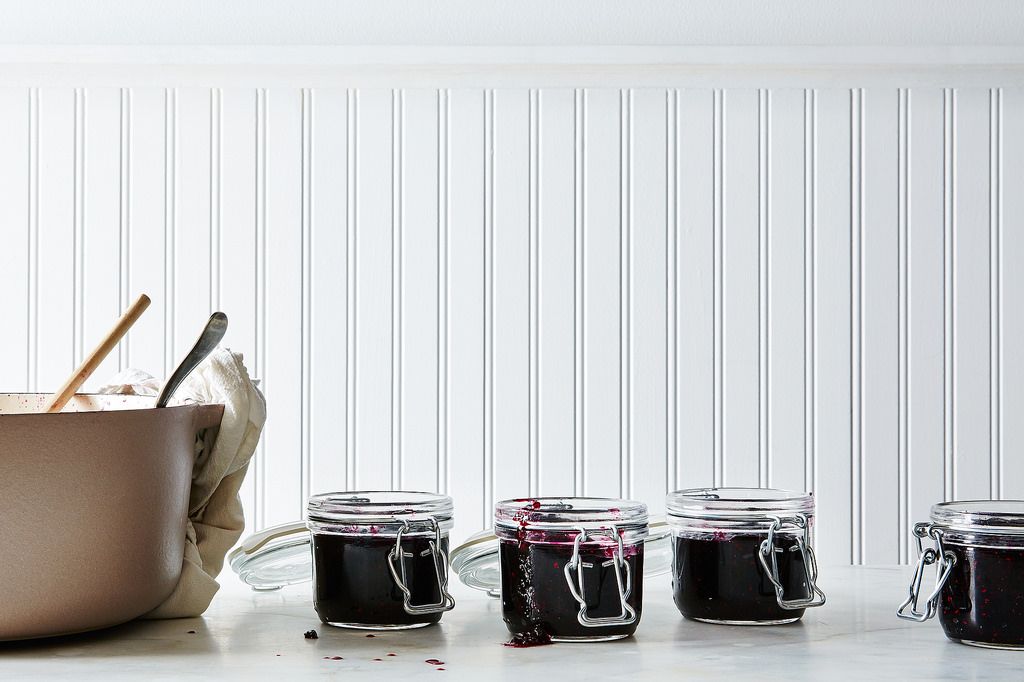
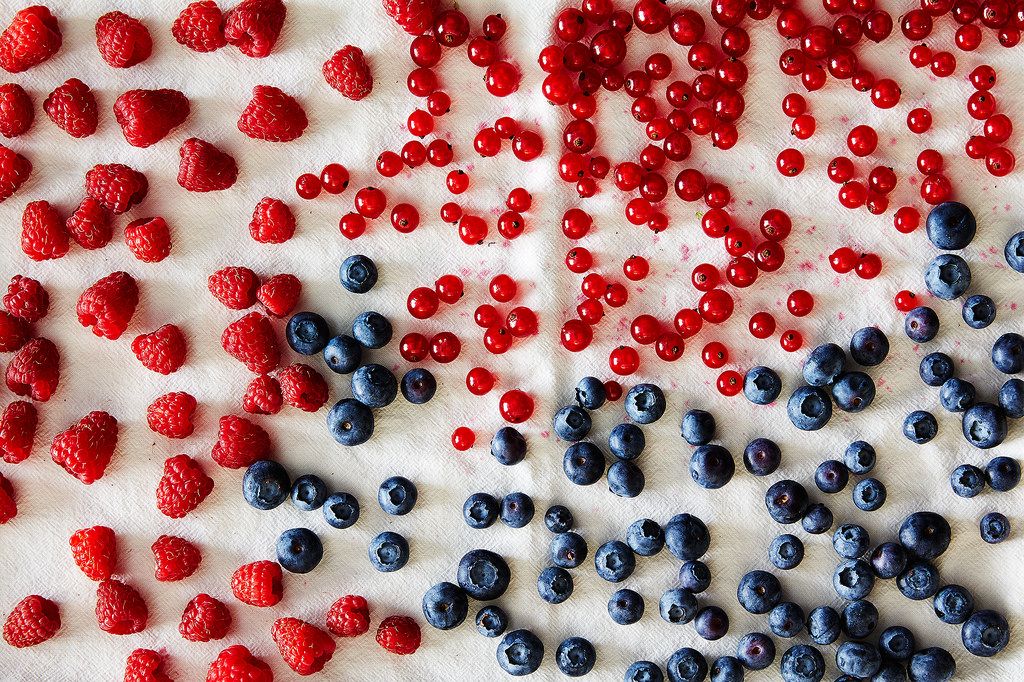
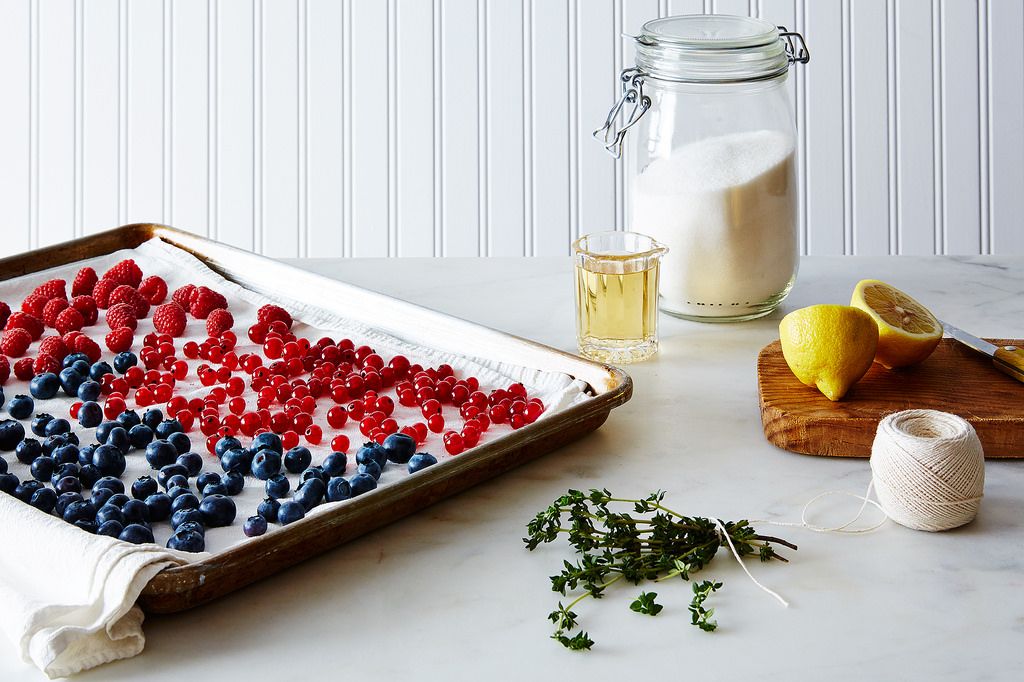
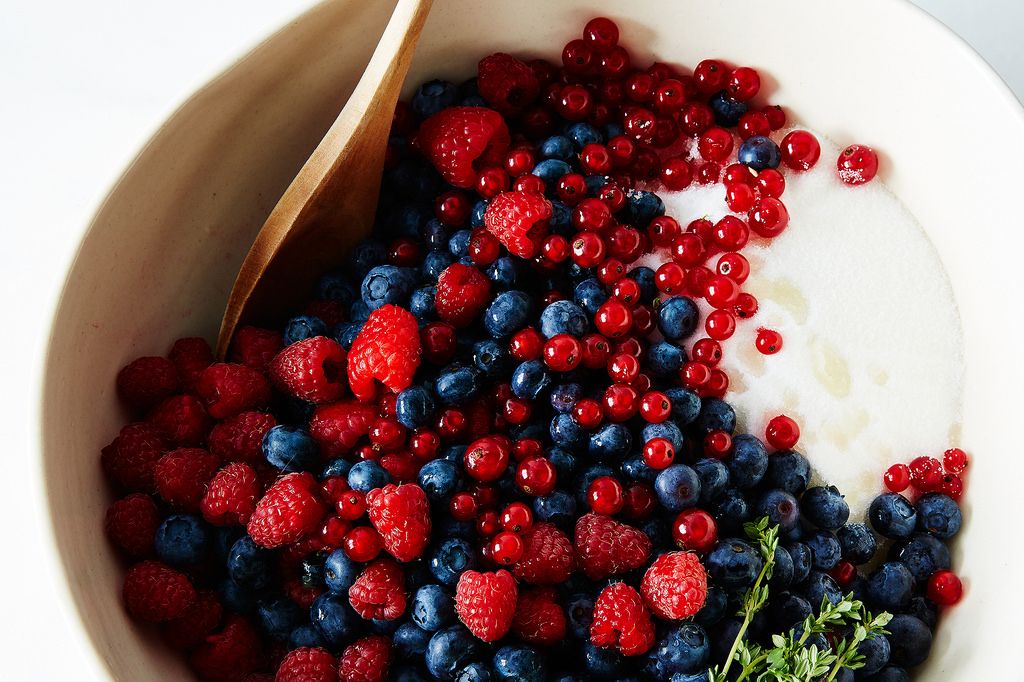
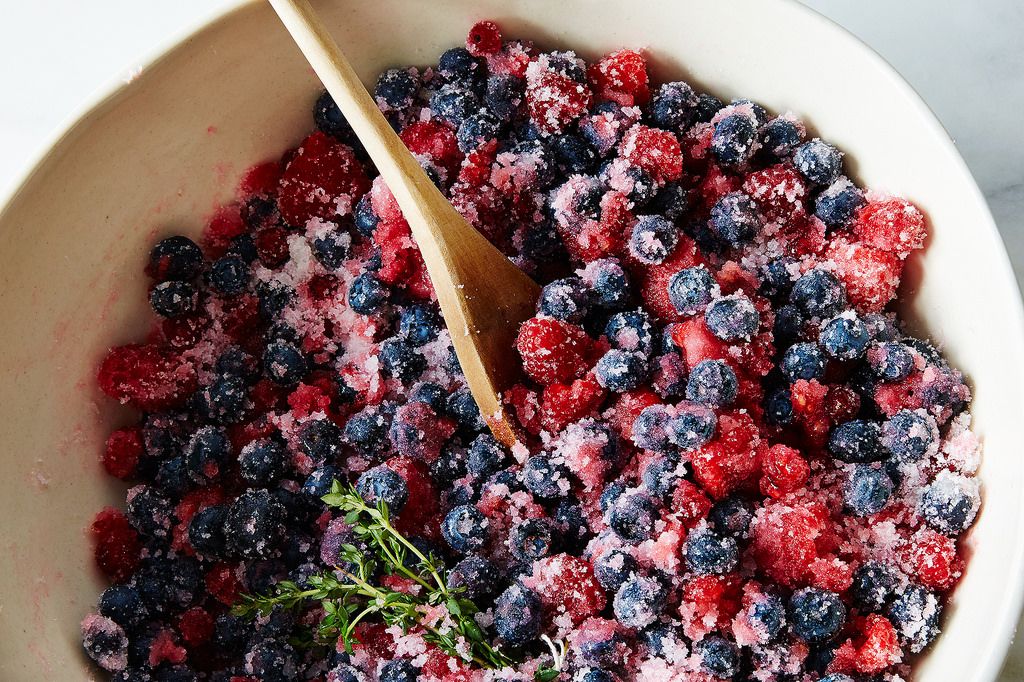
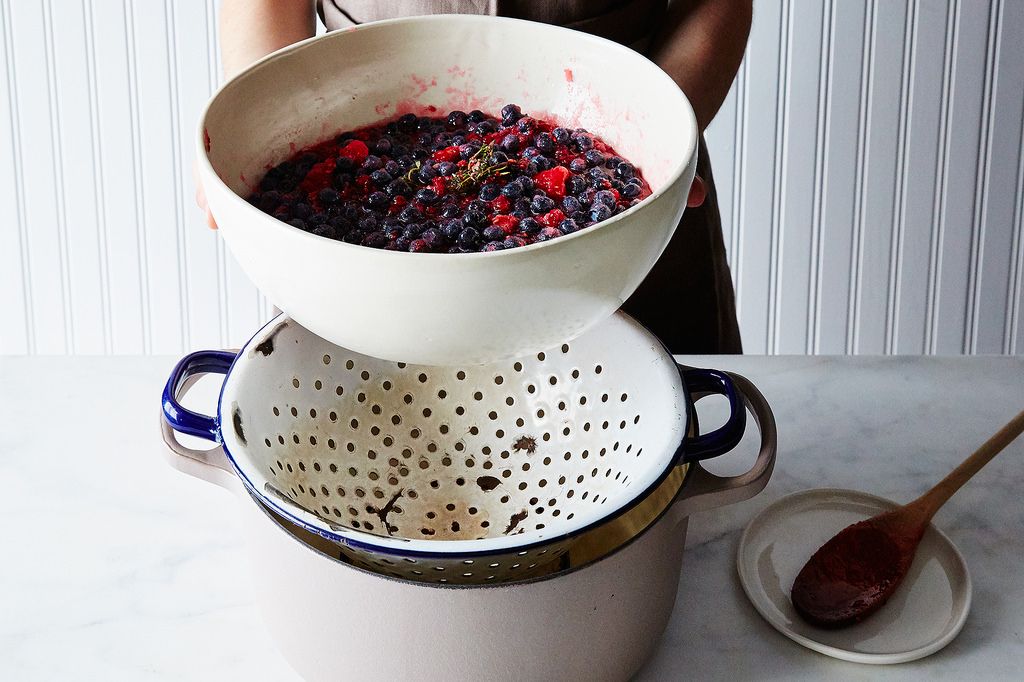


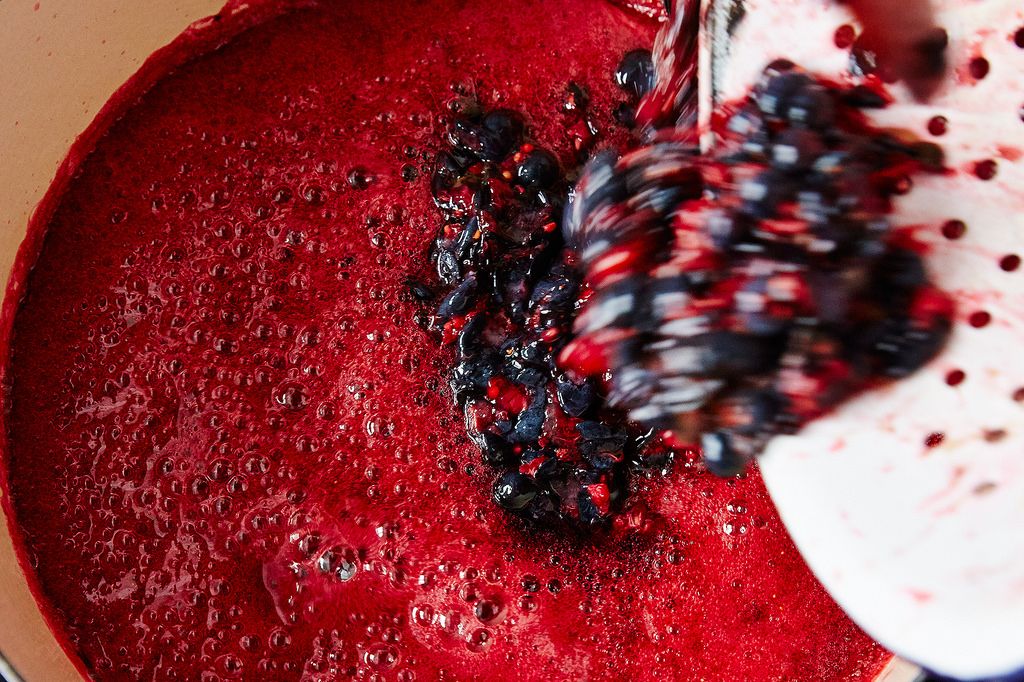
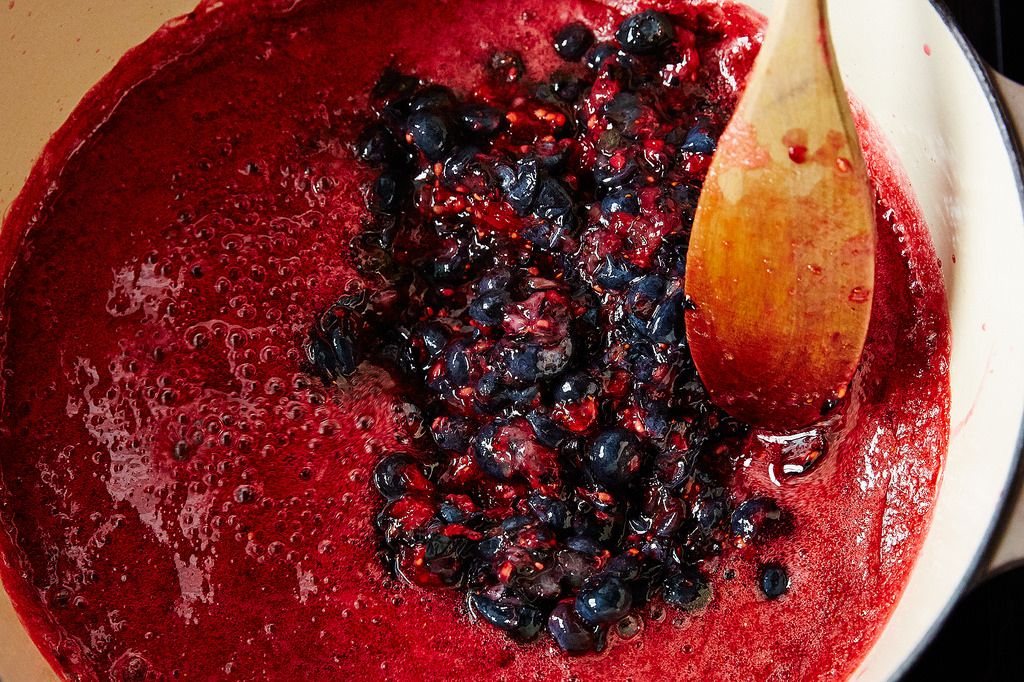
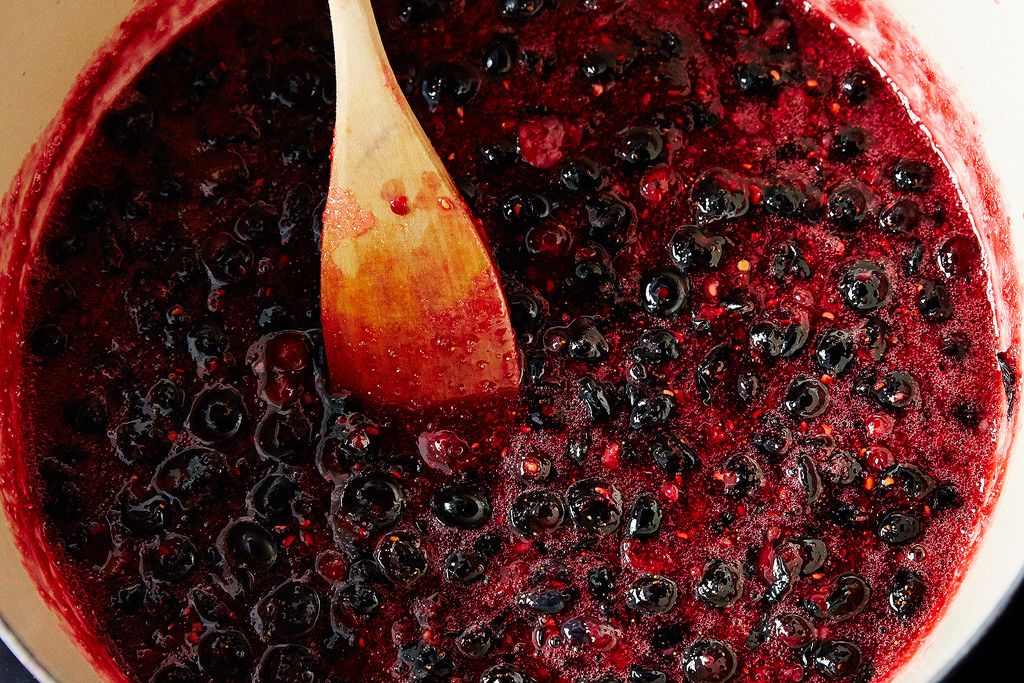
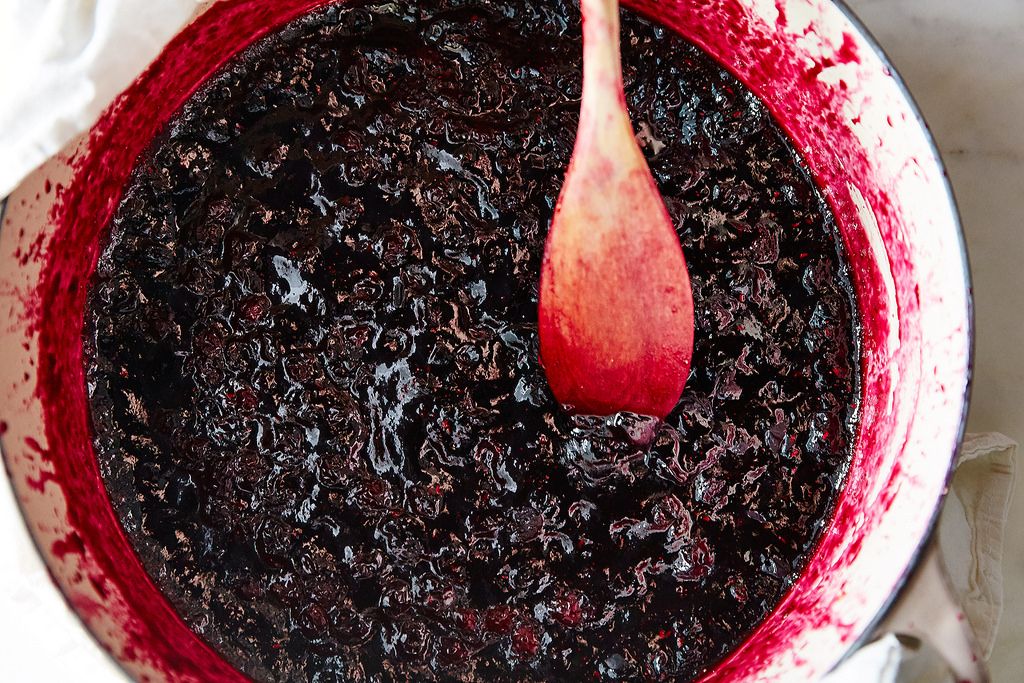

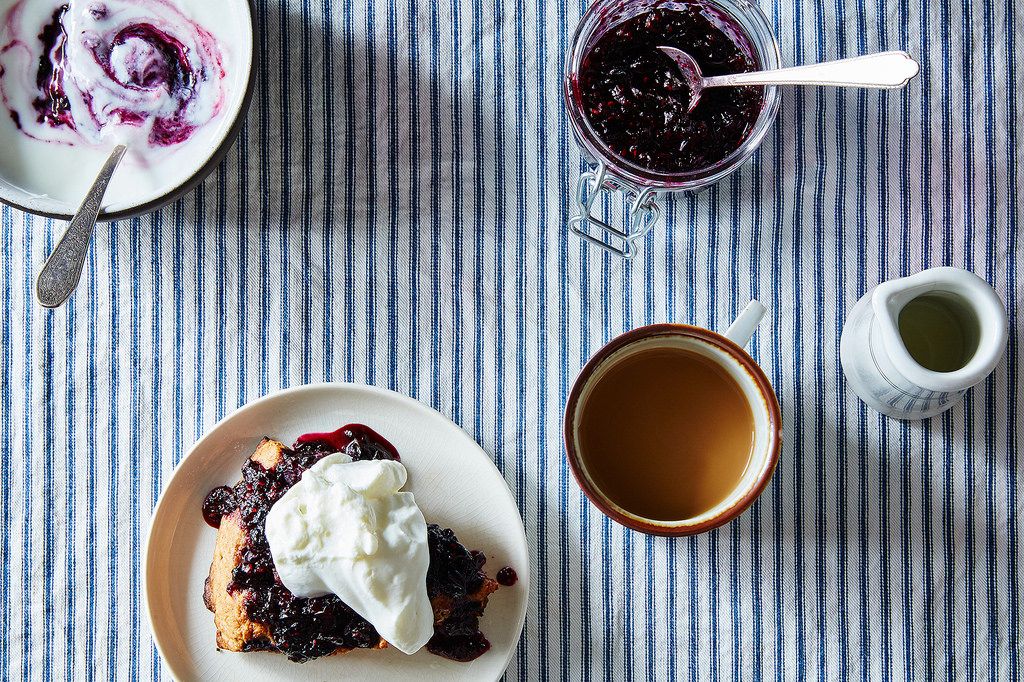

See what other Food52 readers are saying.